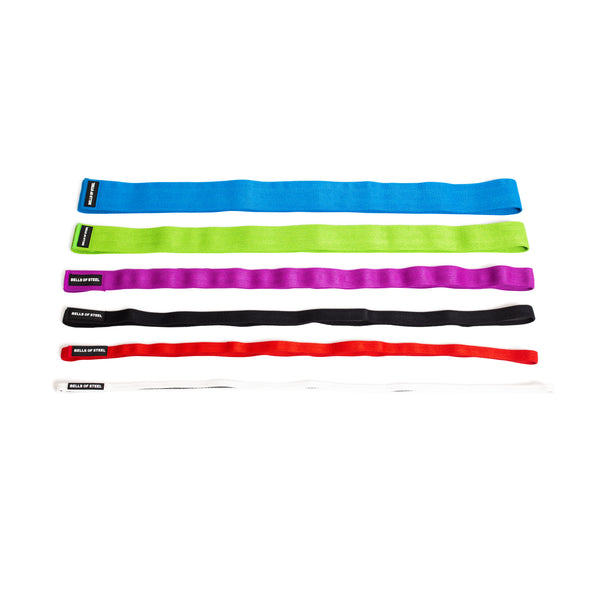If you're tired of the same old workout routine and looking to spice things up, you're in for a treat. Today, we're diving into the wonderful world of cable external rotations, a game-changer for your shoulder gains.
No gym membership? No problem! We've got your back, and your shoulders, right here in your home gym. Let’s get into it.
Let's cut to the chase. Cable external rotations are like the secret handshake of shoulder workouts. They target those oft-neglected muscles in your rotator cuff, promoting stability and preventing injury. You might not see these muscles in the mirror, but trust me, they're the unsung heroes of your upper body. So, what's the fuss about?
Cable external rotations primarily target the infraspinatus and teres minor muscles. These guys might sound like characters from a fantasy novel, but they're real, and they're crucial for shoulder health. Strengthening these muscles can enhance your posture, improve shoulder stability, and even boost your bench press prowess.
Before we dive into the nitty-gritty, let's talk equipment. For this exercise, you'll need a cable machine and a D-handle attachment. If you don't have a cable machine, fear not! Get creative with resistance bands hooked to a sturdy anchor point, and you're good to go. Now, let's get down to business. Follow these steps to perform the perfect cable external rotation:
1. Set Up
- Attach the D-handle: Hook it up to the midpoint on the cable machine or secure your resistance band to a fixed point.
- Adjust the weight: Start with a manageable weight. You can always increase it as you get comfortable with the movement. This movement is about shoulder health, not pushing for PRs.
2. Body Positioning
- Stand tall: Stand perpendicular (sideways) to the machine Maintain good posture with a slight bend in your knees.
- Grip the handle: Grab the handle with the hand opposite the cable, and position your elbow at a 90-degree angle.
3. The Rotation
- Engage your core: Keep those abs tight.
- Rotate outward: Without moving your elbow, rotate your forearm away from your body against the resistance.
4. Control the Return
- Don't rush: Slowly return to the starting position.
- Repeat: Aim for 10-15 reps per set, and don't forget to switch sides.
Why bother with this seemingly small move? Well, let me enlighten you:
- Injury Prevention: Strengthening the rotator cuff muscles reduces the risk of shoulder injuries, keeping you in the game for the long haul.
- Improved Posture: A strong rotator cuff contributes to better shoulder alignment, enhancing your overall posture.
Enhanced Performance: Whether you're throwing a punch or hoisting a heavy barbell, strong external rotators contribute to optimal shoulder function.
Q: Can I use dumbbells instead of cables?
A: While dumbbells have their time and place, cables and bands provide constant tension throughout the movement, maximizing muscle engagement. Stick with the cable for this one!
Q: How often should I include cable external rotations in my routine?
A: Aim for 2-3 times a week, but listen to your body. If your shoulders need some extra love, feel free to add an extra session.
Q: I feel a twinge in my shoulder. Should I be worried?
A: Stop immediately if you feel pain. Consult with a fitness professional or healthcare provider to ensure your form is on point and to address any underlying issues.
There you have it, fellow home gym enthusiasts! Cable external rotations might be the missing piece in your shoulder sculpting puzzle. Remember, it's not about the weight you lift but the way you lift it. Keep those shoulders happy, and they'll thank you in the long run.



